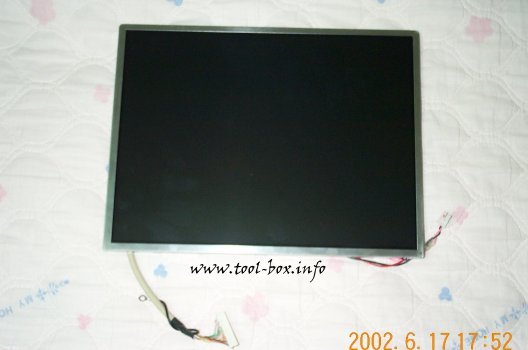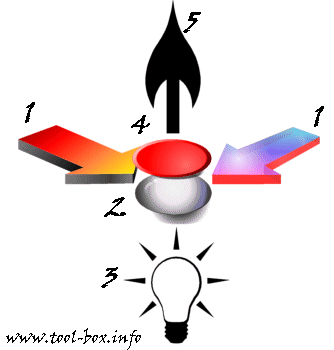Building LCD Monitor (3/9)
Posted by Wesley onNow let's look at the components that make up an LCD monitor. First, the most important and obvious part - the LCD panel. This is where you see the screen displayed through the power of liquid crystals. There are many forms of LCD displays, but we will look at the TFT type, the one mostly commonly used in LCD monitors these days.

The panel itself consists of the core display, and the backlight. The core is made up of protective layer, colour filters, polarizing sheet, liquid crystals, and activating transistors. Let's look at the simplified diagram of this. First, the display drive signals reach from the specific row and column (1). This activates the transistor that controls a certain portion of the liquid crystal layer (2). The amount of voltage applied to the transistor determines the level of 'twist' of the liquid crystal line-up.

The light from the backlight (3) follows the line-up of the liquid crystals, then hits the polarizing sheet. If the line-up is perpendicular to the polarization of the sheet, the light will be completely blocked, and if the line-up is in the same direction, all the light will pass through (5). Any line-up between these two extremes will results in different levels of brightness for the element. Since the LCD does not have any inherent colour, having one element per pixel will result in greyscale display. The colour display uses three elements per pixel, each with either red, green, or blue colour filters (4).